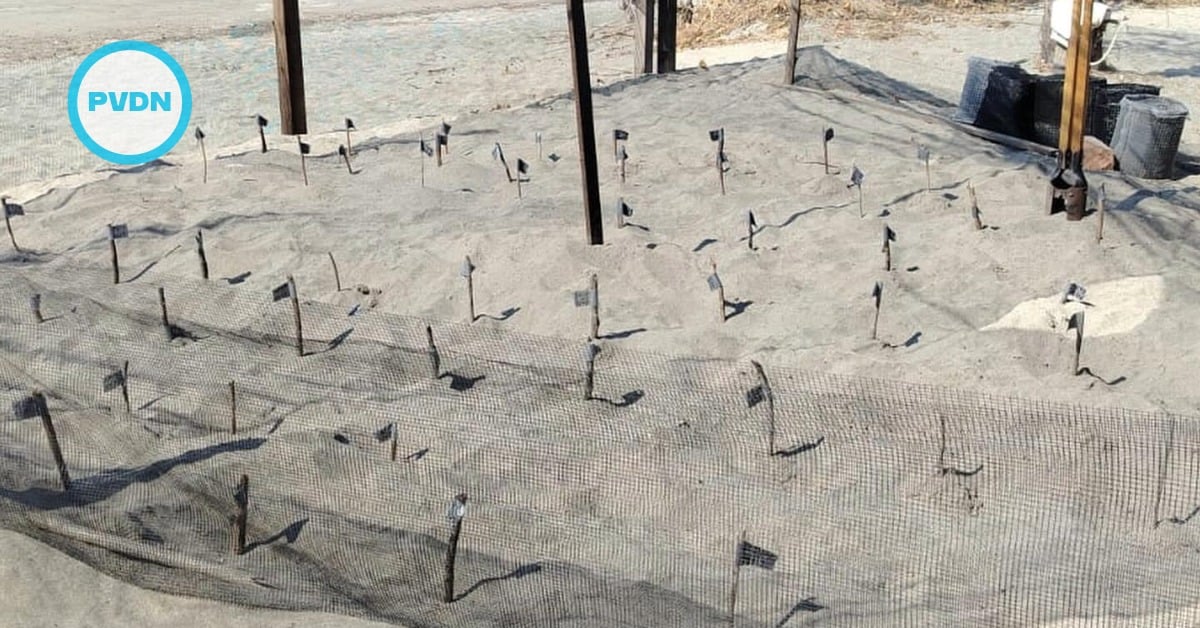Huddled around a single flickering candle in a tiny wood and cardboard shack on scrubland in Mexico's northwest, laborer Genaro Perfecto and his family prepared to bed down for the night on a bare earth floor. His 3-year-old daughter asked for an extra blanket to ward off the col…




